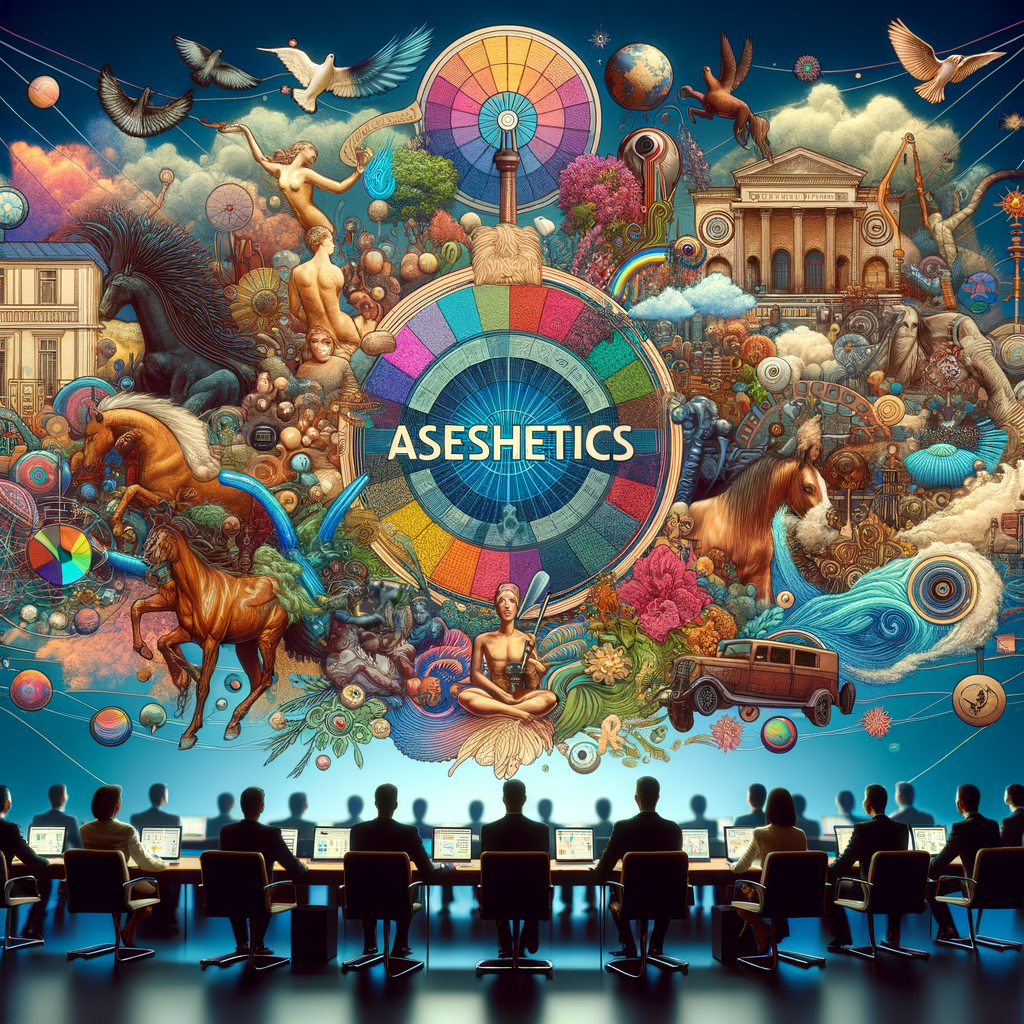There’s something uniquely captivating about the 2000s Virtual Singer aesthetic. It’s a nostalgic journey back to an era where digital avatars dominated the music scene, creating a visual and auditory experience that resonated with the tech-savvy youth of the time. But what exactly constitutes this aesthetic, and why does it continue to hold such a special place in our hearts?
The Birth of the 2000s Virtual Singer Aesthetic
The 2000s Virtual Singer aesthetic emerged from Internet communities, where digital art and music converged to create virtual performers. These performers weren’t bound by the physical limitations of real-world artists. Instead, they thrived in a limitless digital universe, characterized by vibrant colors, pixelated graphics, and futuristic themes.
Platforms like Vocaloid played a pivotal role in popularizing this aesthetic. Avatars like Hatsune Miku became symbols of this era—her turquoise twin-tails and digital melodies capturing the imagination of millions. The aesthetic’s visual schema created a “mood” that was both futuristic and nostalgic, blending the optimism of technological advancement with the charm of early digital art.
Elements of the 2000s Virtual Singer Aesthetic
The visual schema that defines the 2000s Virtual Singer aesthetic is a collection of distinctive elements:
- Bright, Neon Colors: A palette dominated by electric blues, neon pinks, and vibrant purples, reminiscent of glitchy computer screens and arcade lights.
- Pixel Art: Incorporating pixelated designs that nod to the early days of digital animation and video games.
- Futuristic Outfits: Outfits often feature metallic fabrics, glowing accessories, and cybernetic enhancements, creating a blend of fashion and technology.
- Digital Environments: Concerts set in virtual landscapes, from cyber cities to digital dreamscapes, enhancing the otherworldly allure of the performers.
Why the 2000s Virtual Singer Aesthetic Endures
Despite the passage of time, the 2000s Virtual Singer aesthetic continues to thrive, celebrated by both new fans and those who experienced its heyday. Its enduring appeal can be attributed to several factors:
- Nostalgia: For many, these virtual singers were an integral part of their formative years, evoking fond memories of the early Internet era.
- Innovation: The aesthetic was ahead of its time, merging art and technology in ways that continue to inspire today’s creative minds.
- Community: Fans of virtual singers form vibrant communities, sharing fan art, music remixes, and virtual concert experiences.
Influence on Modern Aesthetics
The impact of the 2000s Virtual Singer aesthetic is evident in contemporary culture. It has influenced music genres like hyperpop and electropop, where artists incorporate digital sounds and visuals reminiscent of early virtual singers. Fashion trends also echo this aesthetic, with metallic fabrics and tech-inspired designs making regular appearances on runways.
In a world where technology continues to advance, the 2000s Virtual Singer aesthetic serves as a reminder of the boundless possibilities that creative synergy between humans and machines can achieve. It’s an aesthetic that not only celebrates digital innovation but also the timeless joy of music and art.
In conclusion, the 2000s Virtual Singer aesthetic remains a beloved part of our cultural landscape, its influence felt across music, fashion, and art. Its unique blend of nostalgia and futurism continues to captivate those yearning for the charm of early digital creativity.
“`
Leave a Reply